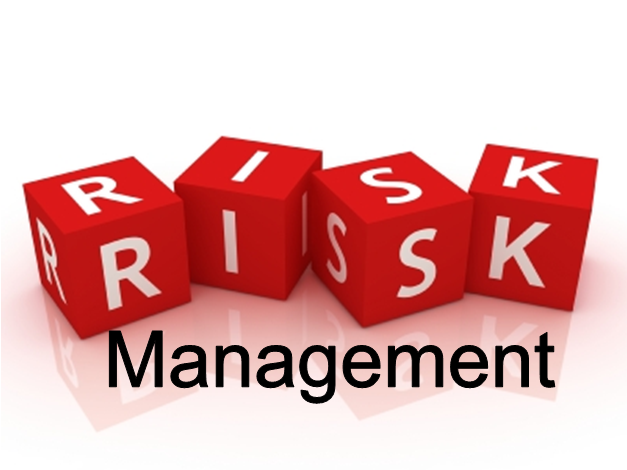In the world of investing, managing risk is very important. Before making any sort of investment, the investor carefully analyses the risk involved in the decision. Obviously, higher risks often come with higher rewards. However, most investors usually have a risk threshold.
For instance, some investors don’t mind putting up a lot of money and getting smaller returns, as long as their money remains safe. On the other hand, some investors like taking more risk. Obviously, the appetite for risk varies from person to person. If a company generates millions of pounds in revenues, they would be willing to take a greater amount of risk. Smaller businesses, on the other hand, are more cautious before investing their money.
The concept of risk management is pretty simple. It is the identification and assessment of all risks that are associated with the investment. For instance, take an example of a new company that has come out with a new product. For investors, this poses an intriguing scenario.
If they feel that the particular product will do well in the market, they will be willing to put up the money. However, what if the owner of the company doesn’t hold a patent on his proprietary product? This makes it easy for competitors to enter the market and offer a similar product. As a result, the investment risk increases.
The Factors
Risk can come from many sources. It does not necessarily have to relate to the product and the potential for the growth of the company. Instead, what if the company is operating in an uncertain market? While calculating risk, both internal and external factors will be considered by the risk managers. Ideally, risk assessment services are offered by private firms.
These firms are hired by investors operating in different industries. Their job is to analyse potential investments and decide whether they are worth buying or not. For instance, in the UK, there are certain risk governance rules and regulations that investors need to follow. It is the job of the risk manager to create an effective risk policy.
The Risk Policy
The risk policy will be presentedto the investor. It should highlight all of the strategies and objectives of the company towards investing. It should also cover all the risk categories that are associated with the new investment, such as the operational risk.
Moreover, the policy should also include the company’s capacity to bear risk, and should include a recommendation based on whether the risk managers think it is wise to make an investment or not. In order to make sure that the risk policy adheres to the rules of corporate and risk governance, the policy should be regularly reviewed.
Typically, the policy should include detailed descriptions of all the risks related to the investment, and how they will affect the future of the company. All worst case scenarios and best-case scenarios need to be highlighted in the report. This will allow the investors to make an informed decision.
